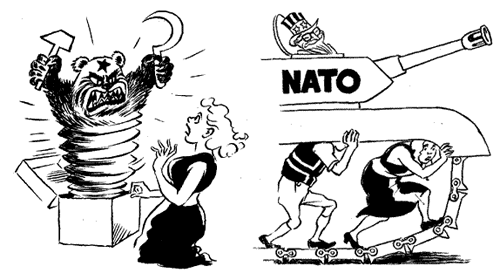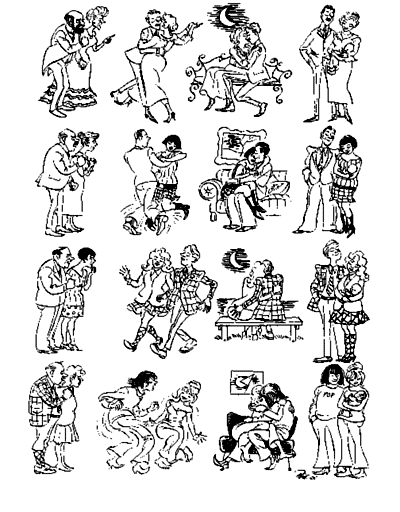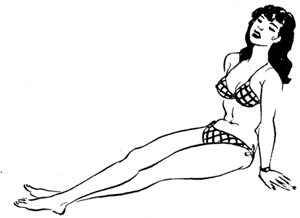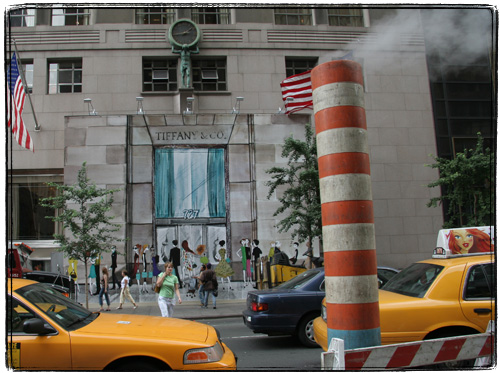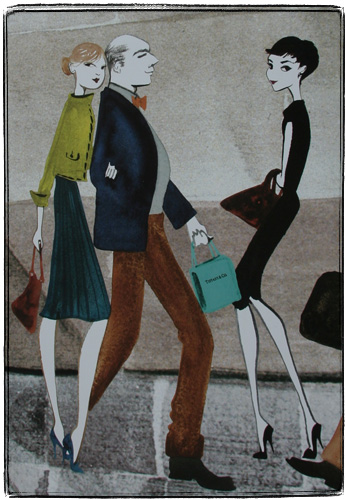I did not get much response to my previous installation of Bread and Circuses, the series of articles where I match my favorite books with my favorite food, but since I started already, well, I can’t chicken out now. You can read the first part here.
Ok, so let’s say it’s 22 century, agents of the corpocracy captured me, and are about to send me to the Litehouse. Michael-47, they say, what kind of a last meal and book would you like? I’d choose a David Mitchell novel and some pho, but they tell me that they are fresh out. What would my second choice be?
Korean BBQ and a novel by Mark Haddon, of course.
Korean food is spicy and strong smelling. It’s not subtle. It’s not refined. But it is the ultimate comfort food. It’s a bit like a little room in a Soviet communal apartment – dingy, smelly, but oh so homey. Also, I’m not sure I’m making myself clear, it’s very, very tasty. To me, the ultimate family meal is Korean BBQ (aka galbi).
Whenever I feel extra bad and I need a cheer-me-up meal, I drag my wife to K-Town. A typical meal involves frying bits of high and low grade meat over a special fire pit in the table, wrapping them in lettuce leafs and eating them. My favorite part is the little side dishes called banchan containing high quality kimchi (not the stuff you can find in a jar in a supermarket), various pickles, pancakes, salads, and many steamed, crunchy, slippery, tentacly things I don’t know the name of. In better places they replenish the little dishes as you consume them. A galbi meal rarely fails to lift my spirits.
Mark Haddon rose to prominence for his book The Curious Incident of the Dog in the Night-Time, a novel written from the point of view of an autistic boy. As most programmers I am slightly touched by the engineer’s affliction, so I can understand it very well. Haddon knows a lot about working class British engineers, dysfunctional families and psychological trouble. His second novel, A Spot of Bother is about a retired engineer who is losing his mind, yet keeps a stiff upper lip about it. Haddon’s plots are very interesting, characters likable, and sense of humor outstanding. These two novels really put of my mind from waiting for David Mitchell’s next novel.
Once I finished Haddon’s bestsellers I learned that he actually started his career as a children’s writer. He wrote and illustrated a number of children’s books, culminating in the so-called Agent Z series. Oh, Agent Z. How I wish there were a few more of these left for me to read. Unfortunately the last one was written in 2001 and it does not look like Haddon is planning to write any more.
The Agent Z series is somewhat similar to the popular American tv show Malcolm in the Middle. In fact, I suspect that “Malcom” was inspired by “Agent Z”.
Agent Z is the pseudonym assumed by three British school kids who specialize in elaborate pranks. They are: Ben Simpson, the ‘handsome’ one of the crew, too smart and creative for his own good daydreamer from a lower middle class family; Barney Hall, a fat practical kid from an upper middle class family, who understands the adult psychology and is usually the brains of the outfit; and Jenks Jenkinson, a super skinny, wound up and ratty kid from a working class family who nevertheless has great fighting spirit.
They take their revenge on bullies, boring teachers, nasty neighbors and relatives. Being kids, they don’t always stay anonymous under the cover of Agent Z organization, but usually get away with enough dignity to triumph over their tormentors.
These books are infused with British culture, and I learned many interesting things. For instance, it turns out that the Brits call ballpoint pens “biros” – honoring its Hungarian inventor (I guess that theory about Hungarian Martians is not that far from the truth).
I also learned about chip butty (one of Ben’s favorite foods). Believe it or not, a chip butty is a sandwitch made out of two white (!) buttered (!!) pieces of bread, french fries (!!!) and ketchup (!!!!).
Why am I so hung up on the Agent Z? Well, in my youth I had two friends, a good looking one and a crazy one, and together we formed the XYZ secret society. We did pull off a few pranks. MIT is home to a very powerful and very secret society that specializes in pranks, I followed their fine work for years. Hacks and pranks are ingrained in the souls of all engineers.
One of my favorite parts of the books is the illustrations that the author drew himself. Haddon is a very talented illustrator.
Agent Z Goes Wild is hard to find for some reason. I got my copy at abebooks.com.
